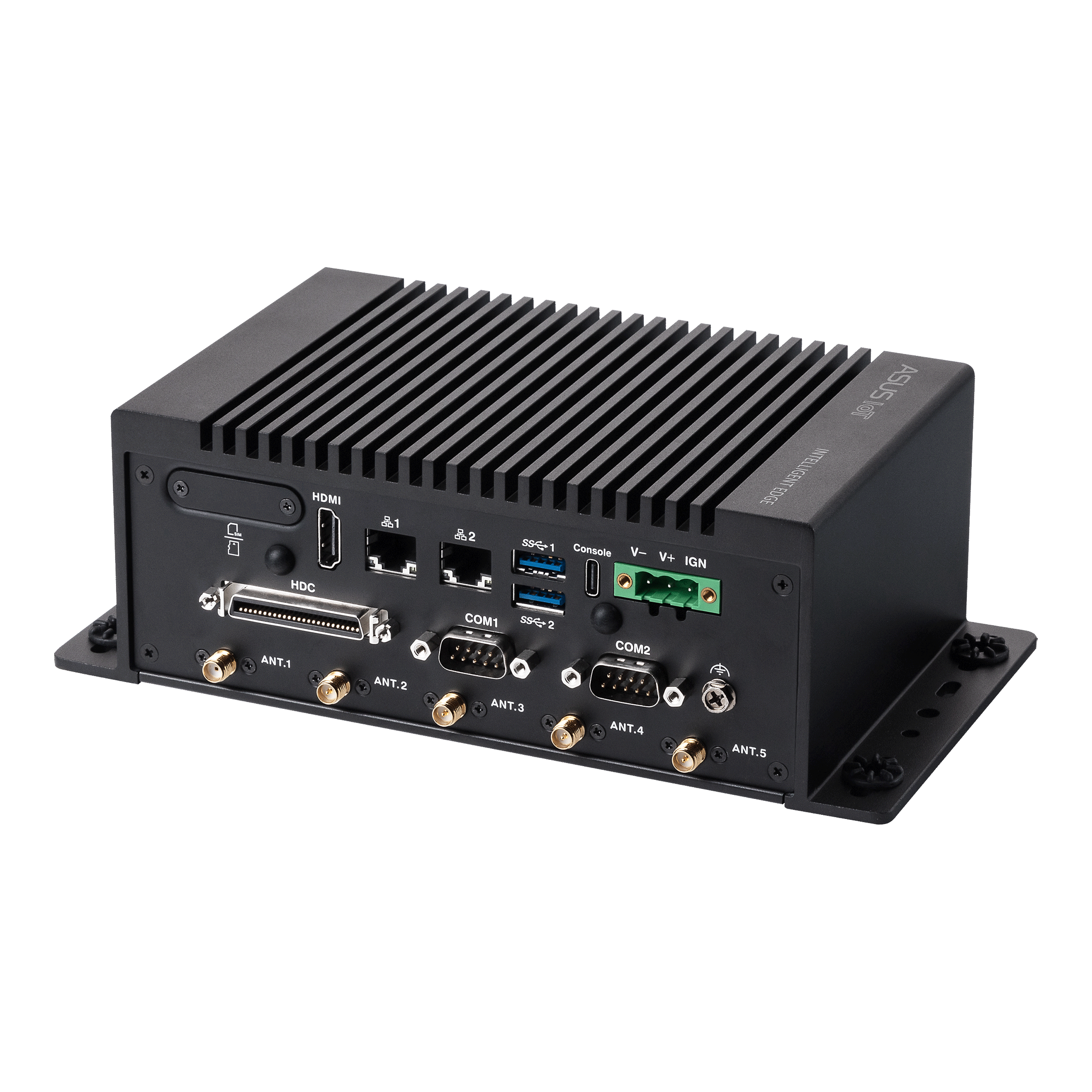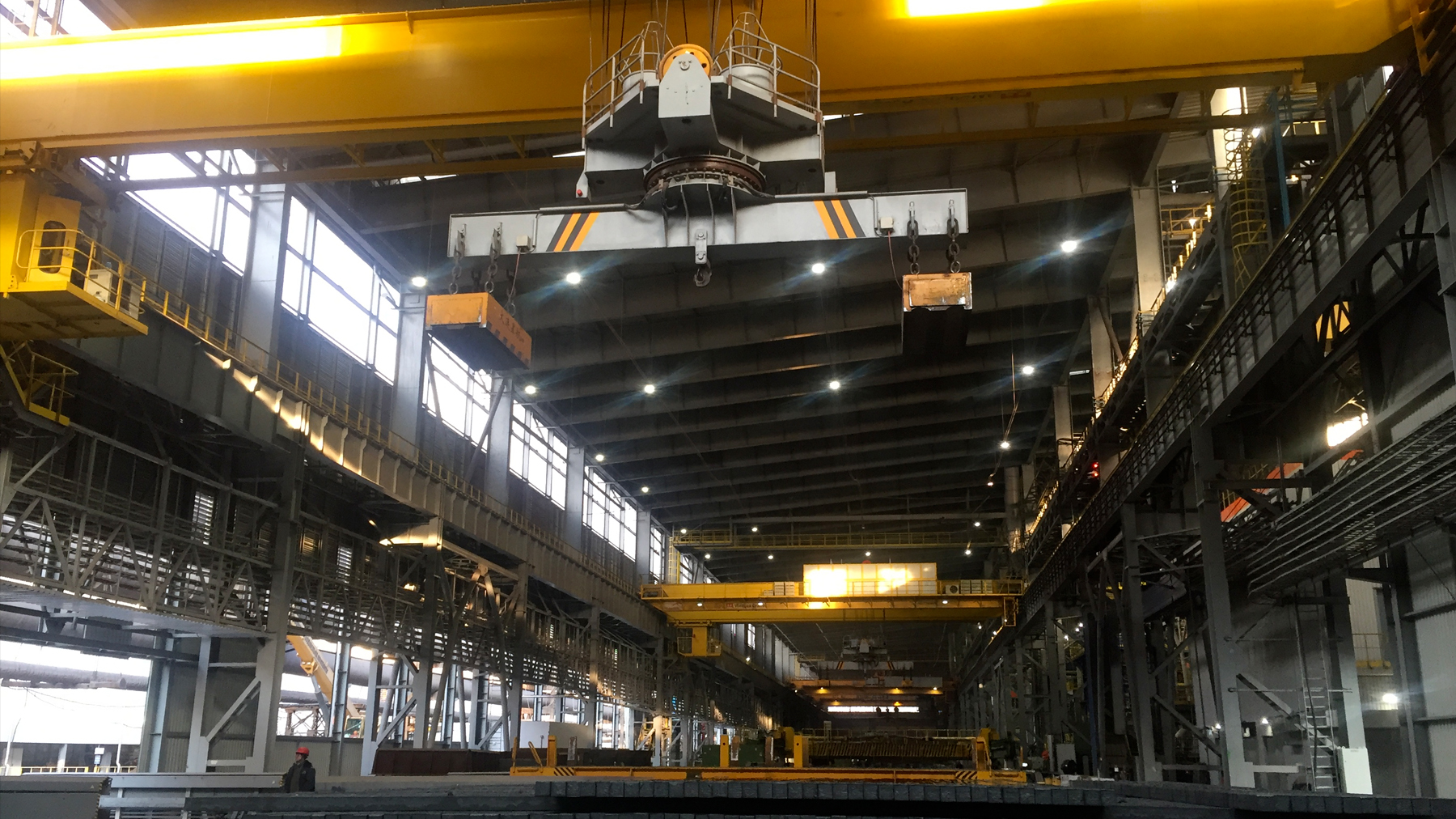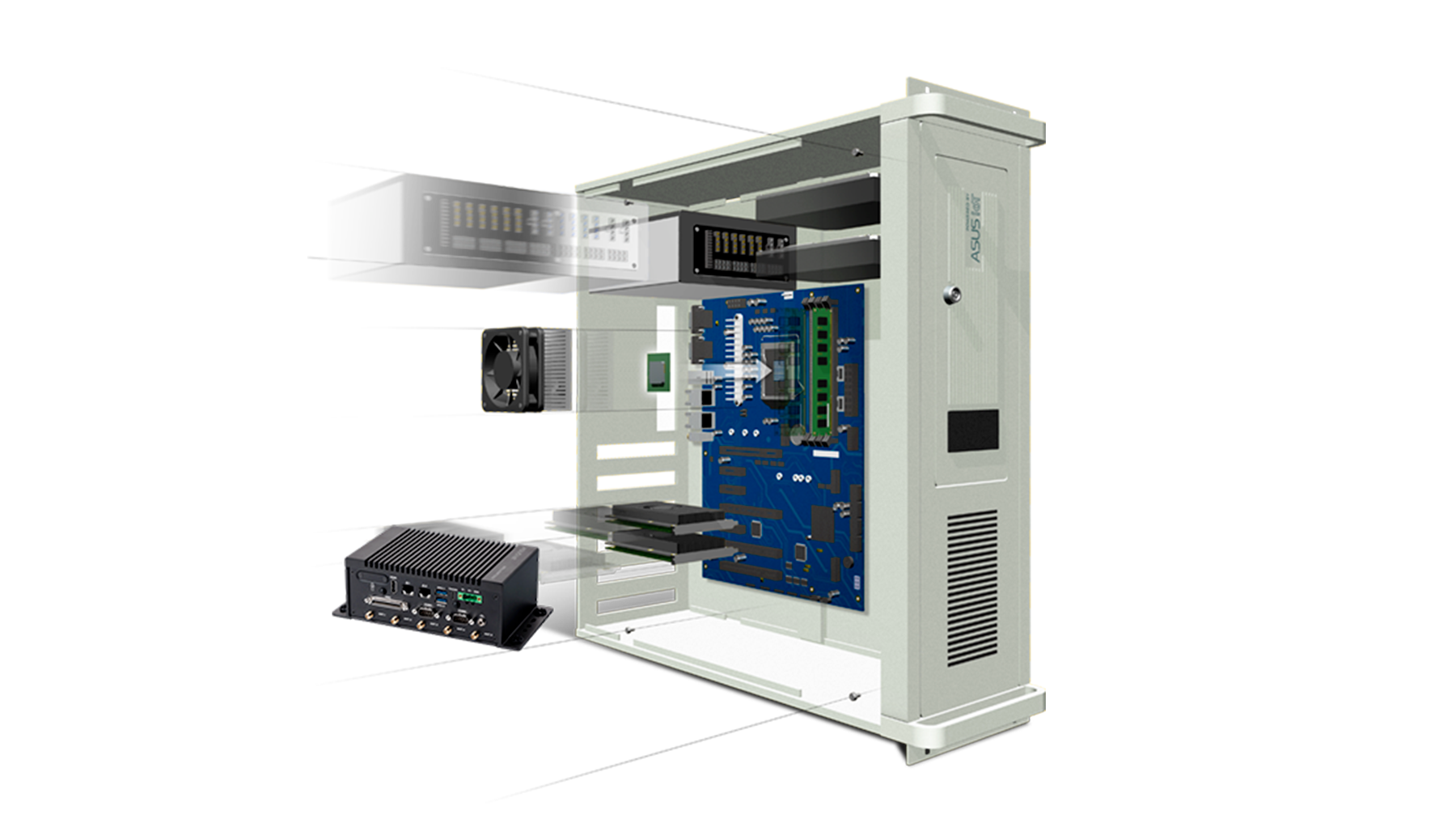
ASUS IoT CTOS Can Even Serve Rugged, Remote Applications

System modularization means different things to different people. In the embedded-computing arena, it typically refers to the design approach in which a complex embedded system is divided into smaller, self-contained, and interchangeable hardware or software modules. Each module is responsible for a specific function and interacts with other modules through well-defined interfaces.
For example, components like processors, memory, I/O interfaces, sensors, and communication units can be designed as independent modules. On the software side, the modules could represent drivers, middleware, application layers, and RTOS services. Such modules typically communicate using standardized protocols to ensure compatibility and reusability. This could be through SPI, I²C, CAN, or USB, for example.
Benefits of Modularization
The benefits of the modularized approach are many, and include scalability for upgrades, maintainability without extensive redesigns, faster development times with teams working in parallel, and reusability of modules across different platforms. The modular approach allows OEMs to design and build such systems with a strategy known as Configure to Order Service (CTOS), which enables vendors to build precise systems for rugged and remote applications. The ASUS IoT CTOS delivers flexible hardware-software integration tailored to each specific application, ensuring precise fit, reduced cost, and faster deployment, especially for rugged and mission-critical environments.

One such system that was designed with this modular approach is implemented as a remote-control unit and gateway for reliable radio control in safety-critical applications such as industrial and overhead cranes, construction and earth-moving equipment, sewer and tow trucks and other utility vehicles, and various mobile machinery, all designed for use in harsh environments. These systems require wireless connectivity and highly reliable computing platforms that can operate under extreme temperatures, shock, vibration, and outdoor industrial conditions. In fact, one OEM based in Sweden has such a system operating in the field. The core of that platform is the ASUS PV100A in-vehicle Edge gateway, which encompasses a host of versatile I/O, including HDMI, triple USB, dual COM, and dual LANs.
Control From the PV100A
Within this application, a series of tasks are carried out by the radio functionality delivered by the ASUS PV100A in-vehicle Edge gateway. Here, radio control enables the operation of industrial and overhead cranes. These functions include precise movements of heavy loads, positioning, and coordination of multiple cranes, all characteristics that are essential for industries like manufacturing, mining, and process engineering.

Note that, before such radio functionality was available, these functions were carried out using outdated and slower transmitters, which often resulted in delays, reduced efficiency, and increased safety risks. Thanks to various technology advances, today’s modern radio transmitters offer features like dual CPUs, which enable safer and more reliable operation even when complex movements are occurring. An integrated active stop mechanism ensures system shutdown in under 100 ms, enhancing operator safety. This significantly enhances operational safety and reduces the risk of accidents.

However, just having the proper equipment installed doesn’t guarantee that safety risks will be mitigated and productivity will increase. Improper operation of industrial machines like cranes can cause serious safety risks, including collisions, dropped loads, or equipment failure, leading to worker injuries or even fatalities. It can also damage materials and infrastructure, resulting in costly repairs and downtime. Poor operation reduces efficiency, delays project timelines, and lowers overall productivity. In some cases, even minor operational errors can lead to major safety hazards and downtime. It’s important to design systems that maximize precision and reliability, ensuring optimal performance, even in harsh conditions.
In addition to the features mentioned above, a radio-controlled system offers additional enhancements, like data gathering and remote operation. Further, it allows for flexible configuration of button functions, operating frequencies, shutdown timing, and both temporary and permanent functions—all directly operated using the platform’s pushbuttons or built-in display. Alternatively, waist-worn transmitters can be configured through a proprietary configuration tool, and the Configuration Information Module (CIM) card designed into feature-rich systems stores all transmitter settings for easy duplication or recovery.
In applications like the ones described here, power is at a premium. Hence, a lower power consuming embedded compute core, like the ASUS PV100A, is essential. The radio discussed in this article operates on the general 433- to 434-MHz frequency band. As such, one transmitter has the ability to simultaneously control multiple units, known as multi-crane operation, which requires a robust and reliable processing platform but does not demand high-end computational resources thanks to optimized hardware and firmware design.
Extra Compute Is Available
That said, because the compute performance of the ASUS PV100A exceeds what’s needed for the radio application, a host of other system features can be driven. For example, the platform has enabled the integration of advanced safety features, such as a certified safety stop function that is compliant with PL d, Cat 3, EN ISO 13849-1. This level of safety certification, combined with error-free command transmission, enhances operational confidence and system integrity beyond the initial expectations of the product. In addition, the customer for the platform described required an Edge gateway that could pass strict certifications, including E-mark, EN50155, SAE J1455, and ISO 7637-2.
The ASUS PV100A is designed with NXP’s i.MX8M Arm Cortex-A53 quad core processor. It features integrated 4G LTE, Wi-Fi, and GPS, and comes equipped with intelligent vehicle power management and diagnostic interface support with dual CAN interfaces. Because of the environment it’s expected to operate in, the computer functions in a temperature range of -25°C to 70°C.
The CTOS that’s offered by ASUS IoT lets its customers customize embedded computing products—such as motherboards, Edge computers, and AIoT devices—based on specific requirements, even those that are needed for niche applications, like radio controllers for cranes and other industrial equipment.

The OEMs enjoy CTOS because it ensures that hardware and software will be tailored specifically to the customer's application needs. It speeds up deployment and integration, reducing time-to-market, and helps optimize performance and cost-efficiency by including only the components that are truly necessary. In addition, it supports flexibility and scalability, ideal for industries with evolving or specialized demands.
In the described platform the customer received a fully customized system thanks to ASUS IoT’s CTOS. The process yielded a pre-installed Yocto-based OS image, tailored and developed by partner ACTE to support the customer’s software environment; a custom BIOS and specific I/O cabling to meet application-specific interface needs; and a hardware configuration that was adjusted to fit the stated memory and connectivity requirements.
In short, CTOS enhances convenience, precision, and value for ASUS IoT customers across various industrial sectors. They gain access to efficient manufacturing and prioritized logistics, reduced integration time, and risk mitigation.
